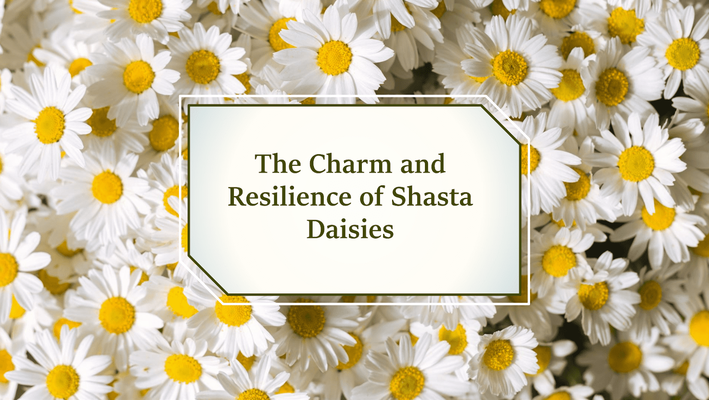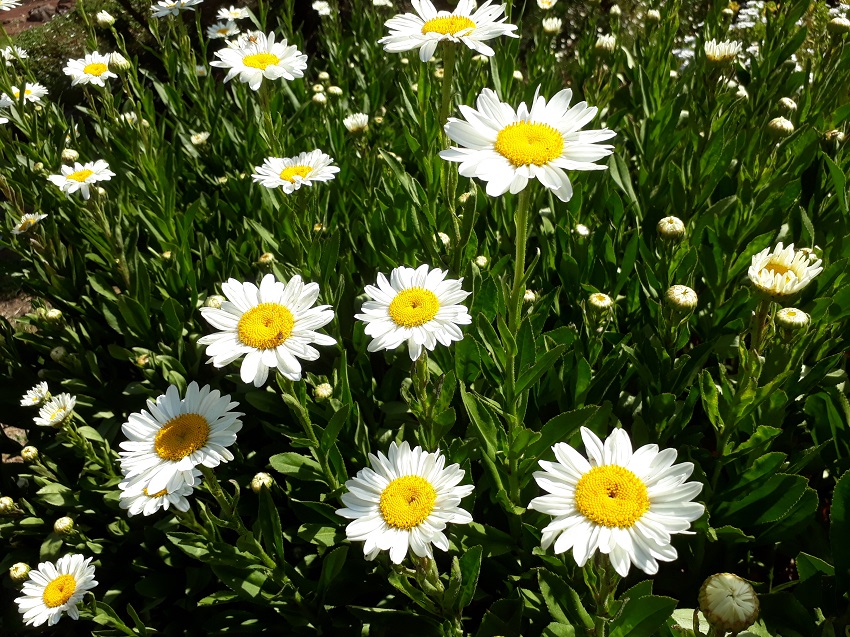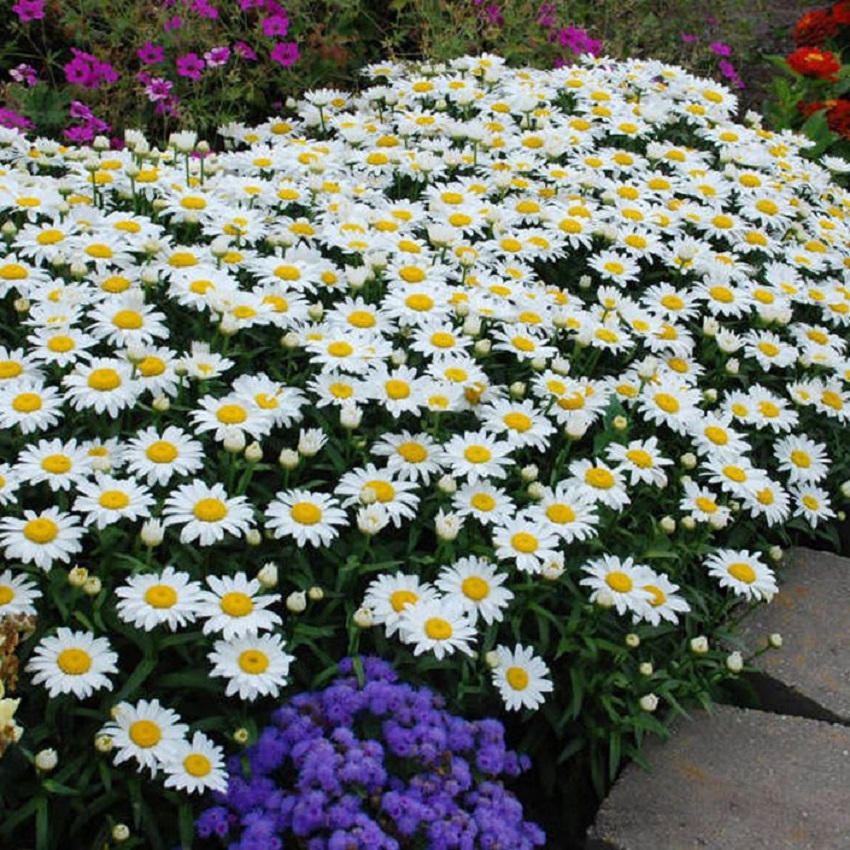The Tale of Shasta Daisies: Their Charm and Resilience

The unassuming yet enchanting Shasta daisy stands out in the garden, demonstrating its surprising resilience to dry spells. Esteemed horticulturist Troy Rhone shares some engaging anecdotes about Shasta daisy, highlights his preferred types, suggests ideal companion flora, and delivers practical advice on daisy upkeep.
Tracing the Shasta Daisy's Path
Shasta daisies can trace their lineage back to the creative pursuits of Luther Burbank, a gardener hailing from Massachusetts, who engineered the successful fusion of this species (Leucanthemum x superbum) in 1890. His pursuit of cultivating the brightest and most radiant bloom for his Californian garden led to the inception of a flower that sparkles under the moonlight. The resultant crossbreed between a Japanese and an American daisy variant culminated in a stunningly white flower. Paying homage to Mount Shasta's snowy peaks, Burbank christened his creation 'Shasta.'

The Shasta daisy's story didn't end in Burbank's garden. After almost eight decades, a version of Burbank's plant reemerged in Atlanta, thanks to the keen eyes of Ida Mae, a local florist and nursery operator.
From Burbank's Shasta to Stewart's 'Becky'
Ida Mae often offered clumps of 'Becky' to her patrons, either for their own gardens or as part of her floral creations. In a memorable instance, Mae’s daughter, Mary Ann Gatlin, gifted a clump of these daisies to her acquaintance, Becky Stewart.
While exploring Stewart's garden in the mid-1980s, plant enthusiast Bill Funkhouser stumbled upon this unique daisy. Unable to find an existing botanical name for this plant, he decided to name it ‘Becky’ in tribute to Becky Stewart.
Simultaneously, two other botanists also attempted to christen the same flower. Bud Heist, a nurseryman, who received the flower from the Gatlins, was cultivating it under the name 'Ida Mae.' At the same time, Ryan Gainey, a correspondent for Flower magazine, named it 'Ryan’s Daisy.'

Funkhouser's later association with White Flower Farms in Connecticut helped 'Becky' gain recognition and distribution across the nation, culminating in its selection as the 2003 Plant Perennial of the Year.
A Selection of Remarkable Shasta Daisy Varieties
Shasta daisies come in an array of forms, but a few deserve specific attention:
- ‘Becky’: This variant stands out for its late and large blooms. Flowering from July through September, it reaches a height of 3–4 feet.
- ‘Christine Hagemann’: This German origin, double-flowering Shasta daisy, boasts flowers spanning 3 1/2 inches.
- ‘Silver Spoon’: This variant is known for its unique bloom with outward-spreading rays.
- ‘Crazy Daisy’: This type is renowned for its large, unique, and intricately twisted double blooms.
Maintenance Tips for Shasta Daisies
Shasta daisies are low-maintenance flora:
- They thrive best in moist but well-drained soil, yet can adapt to other conditions.
- Regular fertilization with a granular product like Osmocote, and optional weekly liquid-feeding, can support growth.
- It's beneficial but not essential to stake them.
- If the weight of blooms causes stems to droop, secure them with a Velcro strip to prevent snapping.
- Deadheading spent flowers can prolong the blooming period.
- It's advisable to divide the clumps every couple of years or as desired.
Companion Plant Suggestions for Shasta Daisies
Here are a few plants that beautifully complement Shasta daisies:
- Russian sage (perovskia): This plant thrives in warm, dry locations, reaching a height of 4 feet and producing blue flowers concurrent with Shasta daisies.
- Crocosmia ‘Lucifer’: This bulbous plant, standing 24–36 inches tall, introduces a bold red to your garden.
- ‘Profusion White’ zinnia (Zinnia angustofolia x elegans): A remarkably drought-tolerant plant, it blooms continuously from spring to fall and reaches a height of 12 inches.
Even as we celebrate the versatility of Shasta Daisies outdoors, we shouldn't forget the allure of indoor greenery. To aid you in curating a lush indoor garden, check out our detailed guide on Indoor Plants: A Comprehensive Guide for Selection and Care. It provides a wealth of information on choosing the right plants for your indoor environment and offers crucial tips on their maintenance. So while you're letting your Shasta Daisies dance in the moonlight, remember you can also create an enticing green retreat inside your home.
